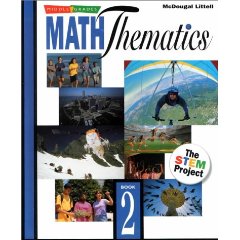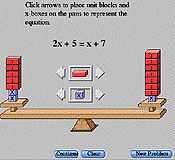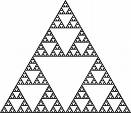Proportions are a very useful mathematical process that can be used any time you know 3 out of 4 numbers. I encourage my students to set up the information they know as a ratio in fraction form, with units labeled. It is important to be consistent when setting up the equation. Make sure the numbers in the second ratio have labels that correspond to the units in the first ratio. Replace the unknown number with n. Then multiply cross products to set up the equation. Solve the equation using inverse operations.
2 examples where you can use a proportion to solve an everyday problem:
Problem 1: Emily’s dog, Amber, eats 2 lb. of dog food every 3 days. How many lb. of dog food will Amber eat in 31 days?
Use a proportion to solve this problem.
Dog food Dog food
eaten in 3 days eaten in 31 days
2 lb. = n lb.
3 days 31 days
Multiply cross products to set up an equation.
2*31=3*n
62=3*n
Divide both sides of the equation by 3
62 = 3n
3 3
20 2/3=1n
So Amber eats 20 2/3 lb. of dog food during every 31-day month.

Problem 2: There is a large oak tree outside my classroom window that is very special to our school. It is so special that we call it “The Giving Tree” and have incorporated it into our school logo.
My principal came to my math class one day and asked if we could tell her how tall the “The Giving Tree” is. She made it clear that she did not want any of us to climb the tree. Fortunately, we just finished a unit on Indirect Measurement, so we got right to work. All 19 of my students grabbed a meter stick and out we went.
Sydney volunteered to be measured. She is 63 inches tall, and her shadow at that time of day was 45 inches long. Then we went to the base of the tree and started lining up the meter sticks. We counted 10 sets of 39 inches plus 17 inches more, for a total of 407 inches of shadow for the tree.
Use a proportion to solve problems involving indirect measurement.
Height of Sydney=63 inches = n inches=Height of tree
Sydney’s shadow=45 inches 407 inches=shadow of tree
We multiplied cross products to set up the equation.
63*407=25,641
25,641=45*n
Divide both sides of the equation by 45.
25,641 = 45*n
45 45
569.8 inches=n
Then we divided by 12 to change inches to feet and got 47.48333inches
or about 47 ½ feet tall.

July 1, 2009
Categories: Uncategorized . . Author: walshmath . Comments: 6 Comments

 Although I had already used a few applets in my math classes, (like
Although I had already used a few applets in my math classes, (like 



